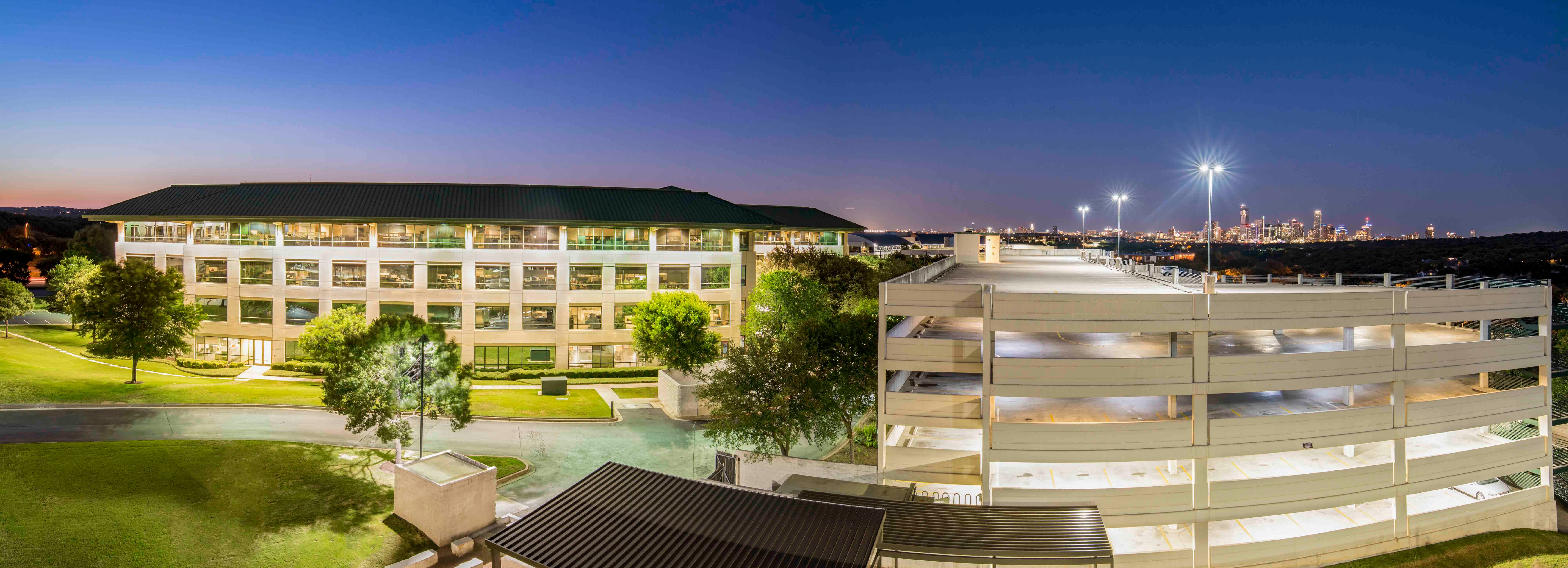AUSTIN–High demand for office space has propelled the market activity in the Austin metro area, according to a recent report put out by REOC Austin.
Doug McGregor, senior office consultant for REOC Austin, tells GlobeSt.com that the decrease in office vacancy comes from several factors including, “relocation or expansion from expensive California markets, expanding state government use of space, and growth in the technology sector.”
In the first quarter, more than 284,200 square feet of office space was absorbed through leases and expansion. This brought the vacancy rate down to 10.5% from 11.6% in the fourth quarter of 2014, and 12.6% in the same quarter last year.
Nearly every sector of the market saw positive net absorption. The Northwest sector saw the greatest growth with 76,729 square feet of positive net absorption, which took vacancy to 9.7%.
As the vacancy across the city continues to diminish, rental rates are slowly rising. The average asking rental rate this past quarter was $26.18 per square foot, which is up $0.59 from Q4 2014, and $1.87 from Q1 2013. The highest gains have been seen in the central business district, with rental rates increasing $3.99 from the previous year to $35.99.
“Decreasing vacancy rates confirm the need for new supply and increasing rental rates support the economics of delivering new construction,” McGregor says.
There are currently eight major office projects under construction, including the recently begin Rollingwood Center. The two-building, 215,000-square-foot project, has already secured LatinWorks as the anchor tenant for 50,000 square feet of building two.
McGregor says Austin can still use some new office projects, but on a limited scale, with projects being user-specific and well underwritten.
In addition to the projects under construction, two more projects were recently announced – the redevelopment of the Green Water Treatment Plant and Eastside Village. Both projects will deliver office, and retail space as well as possibly multifamily and hotel.
While job growth is likely to continue, McGregor warns that the start-up culture can also lead to a tightening.
“As great as things have been, its normal for the startup culture to 'adjust', meaning they are setting themselves up for being acquired,” McGregor says. “Thus, the rate of increased employment as they grow drops off once acquired. The market needs to be careful and not overplay the growth.”
© 2025 ALM Global, LLC, All Rights Reserved. Request academic re-use from www.copyright.com. All other uses, submit a request to [email protected]. For more information visit Asset & Logo Licensing.







